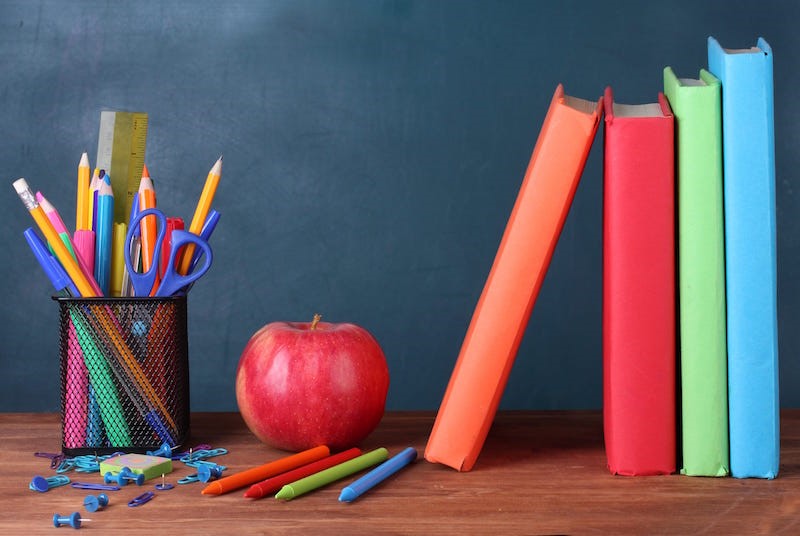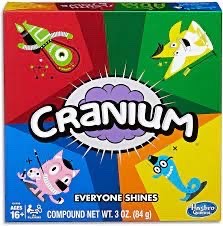
Multiple Intelligences Newsletter, Vol 32, No 1
September 20, 2022

Greetings Fans of Multiple Intelligences,
I hope that your school year has begun on a positive note. Covid hasn’t gone away but life seems getting back to normal in schools. However – and it’s a big however – our students’ scholastic progress slowed during Covid, and many educators have told me that there is a corresponding loss in students’ personal intelligences, their ability to manage themselves and relate to others. Thus, not only are our students returning to a steeper hill to climb, being an educator today is far more difficult than it was pre-Covid (and it wasn’t easy then!).
These are formidable challenges, and one effective strategy is to bring multiple intelligences (MI) into classrooms. MI is not a panacea, but it recognizes that students have different intelligence strengths and learn in a variety of ways. Too often schools offer only a narrow scholastic pathway, valuing just the linguistic and logical-mathematical intelligences. By contrast, in a classroom or school framed around MI, students can use their stronger intelligences to learn and to show what they know. No surprise, this leads to greater achievement and motivation.

As another example of how we naturally perform better when we use our intelligence strengths, this issue of Intelligence Connections contains a post from Howard Garner’s MI Oasis website on the game Cranium and MI, “How MI Theory Inspired A Hit Game,” by Shinri Furuzawa. Thanks to Shinri for the inspiration and permission and thanks to Howard for sharing it with me: Cranium post.
Cranium’s success is because it was designed so that everyone could shine. No wonder it was a hit! But why not apply that logic to education? If we want every student to shine, why not allow students to draw from their strongest intelligences in learning? MI is an inclusive approach to learning.
In the next issue, I’ll share some thoughts about MI and giftedness, and I’d like to hear your thoughts on these issues. Please email me at trhoerr@aol.com (no comments will be used without your permission).
And I’m always open to feedback, thoughts, and suggestions. Let me hear from you!
TOM
Thomas R. Hoerr, PhD
Facilitator of the ASCD MI PIC
trhoerr@aol.com
p.s. The fact that this is Volume 32 of Intelligence Connections speaks to the power and resiliency of MI.
This Professional Interest Community (PIC) is sponsored by ASCD as part of their effort to improve the quality of education for all children.
ASCD PICs (Professional Interest Communities) are member-initiated groups designed to unite people around a common area of interest in the field of education. PICs allow participants to exchange ideas, share information, identify and solve problems, grow professionally, and establish collegial relationships.
You can learn about ASCD’s networks, publications, conferences, workshops, and the dialogues sponsored by ASCD at www.ascd.org. You can also register for the free, daily ASCD SmartBrief.
